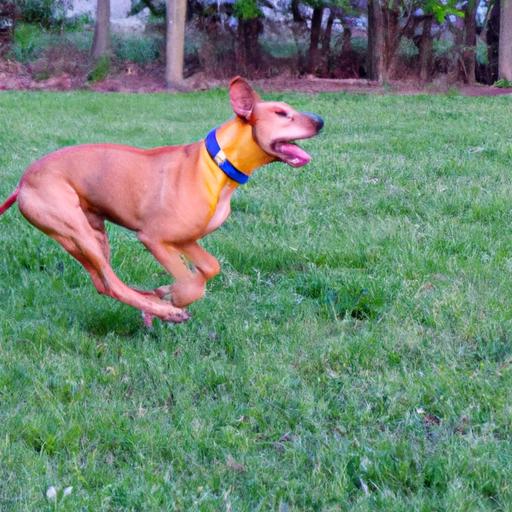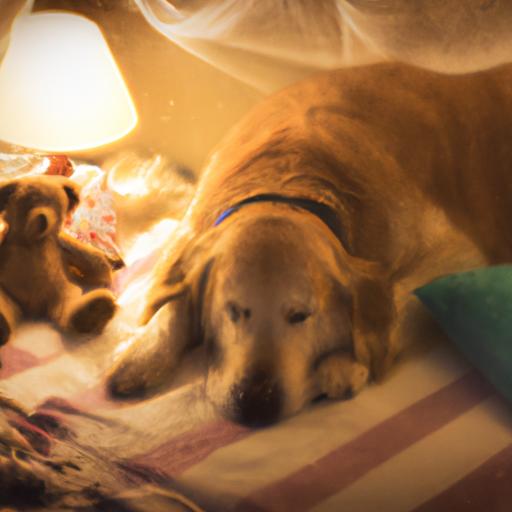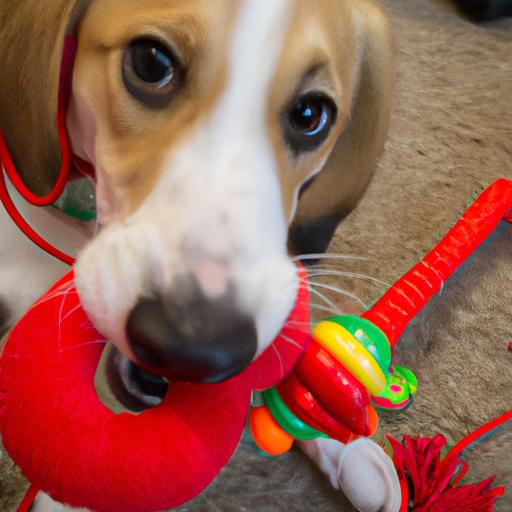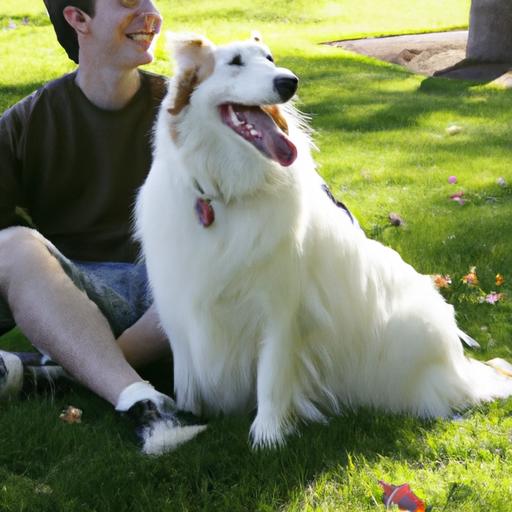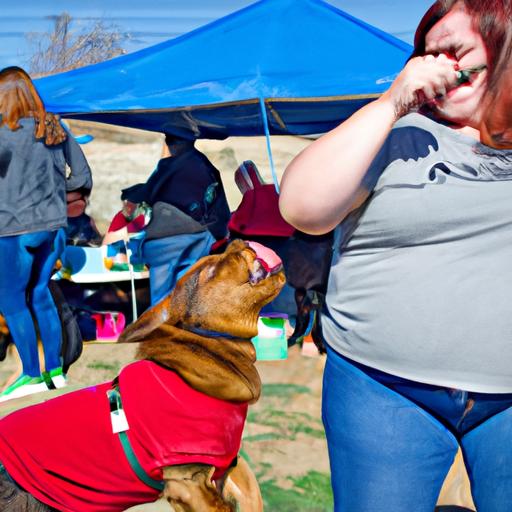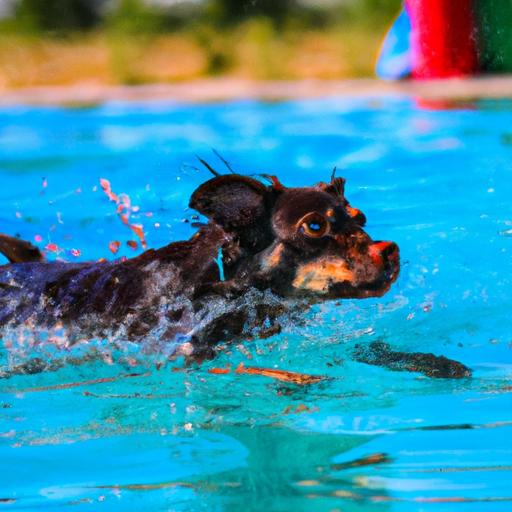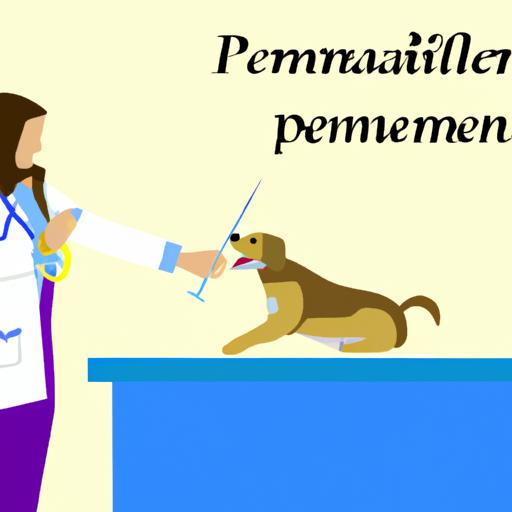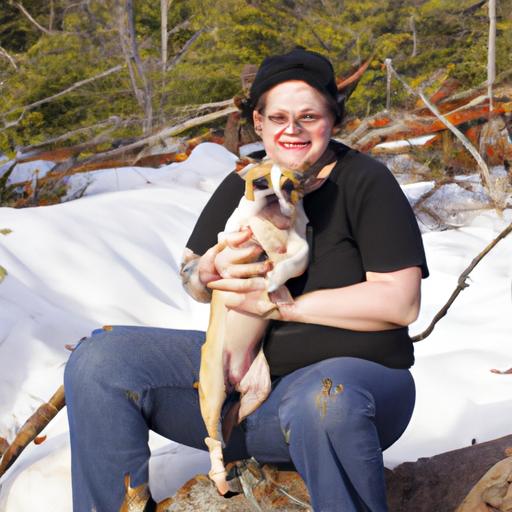
Building Confidence in Shy or Fearful Dogs
Discover effective strategies for building confidence in shy or fearful dogs. Learn how socialization, positive reinforcement, and gradual exposure can make a difference.
Introduction
Is your furry companion a bit shy or fearful? It’s essential to understand that some dogs naturally struggle with confidence, but with the right strategies and support, you can help them overcome their fears and become more self-assured. In this article, we will explore effective methods for building confidence in shy or fearful dogs, ensuring they lead happier and more fulfilling lives.
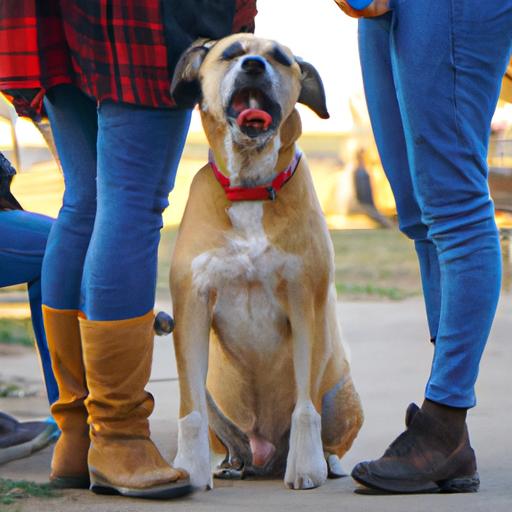
Strategies for Building Confidence in Shy or Fearful Dogs
Socialization Techniques
One of the key ways to boost your dog’s confidence is through socialization. By gradually exposing them to different people, animals, and environments, you can help them become more comfortable in new situations. Start with controlled interactions and ensure positive experiences to prevent overwhelming your dog. Over time, as they encounter a variety of stimuli, their confidence will grow.
Positive Reinforcement Training Methods
Positive reinforcement training is a powerful tool that can work wonders for shy or fearful dogs. Instead of using punishment or force, focus on rewarding desired behaviors with treats, praise, or play. This approach not only helps build trust but also boosts their confidence as they associate positive experiences with new tasks or challenges. Remember, patience and consistency are key to achieving the desired results.
Gradual Exposure to New Environments and Situations
Introducing your shy or fearful dog to new environments and situations in a gradual manner can significantly impact their confidence. Start with low-stress situations and gradually increase the difficulty level. For example, if your dog is afraid of car rides, begin by sitting with them in a stationary car and rewarding them for staying calm. Gradually progress to short drives and extend the duration as they become more comfortable. This method helps them associate previously fearful situations with positive experiences, ultimately boosting their confidence.
Building Trust and Creating a Safe Space
Establishing trust with your dog is fundamental to building their confidence. Provide a safe and secure environment where they feel protected. Avoid forcing them into uncomfortable situations, as it may worsen their fear. Instead, allow them to approach new experiences at their own pace. By creating a positive and predictable environment, you will foster trust and encourage your dog to explore and overcome their fears.
Frequently Asked Questions (FAQ) about Building Confidence in Shy or Fearful Dogs
How long does it take to build confidence in a shy or fearful dog?
The time required to build confidence in a dog can vary based on their individual personality, history, and the extent of their fears. While some dogs may show improvement within weeks, others may require months or even longer. Patience, consistency, and a tailored approach are crucial for helping your furry friend gain confidence at their own pace.
Can professional help be beneficial in building confidence in these dogs?
Absolutely! Seeking professional guidance from a qualified dog trainer or behaviorist can be immensely beneficial. They possess the expertise to assess your dog’s specific needs, design a customized training plan, and provide valuable insights to help your dog build confidence. Professional guidance ensures you’re on the right track and can address any unique challenges your dog may face.
Are there any specific breeds that are more prone to shyness or fearfulness?
While certain breeds may have a predisposition towards shyness or fearfulness, it’s important to remember that every dog is an individual. Factors such as genetics, early socialization, and past experiences play a significant role in shaping a dog’s temperament. Therefore, it’s essential to focus on the unique needs of your dog rather than generalizing based on breed stereotypes.
What are some signs that indicate a dog is gaining confidence?
As your dog gains confidence, you may notice subtle changes in their behavior. They may become more curious, approach new people or animals with less hesitation, and exhibit improved body language such as relaxed ears and wagging tails. Additionally, they may engage in exploratory behaviors and show increased independence. Celebrate these small victories as they indicate progress and growing confidence in your furry companion.
Conclusion
Building confidence in shy or fearful dogs is a journey that requires patience, understanding, and a tailored approach. By implementing socialization techniques, positive reinforcement training methods, gradual exposure to new environments, and building trust, you can help your dog overcome their fears and become more confident. Remember, every small step forward is a significant achievement. With your support, your shy or fearful dog can transform into a happier and more self-assured companion, ready to take on the world.
